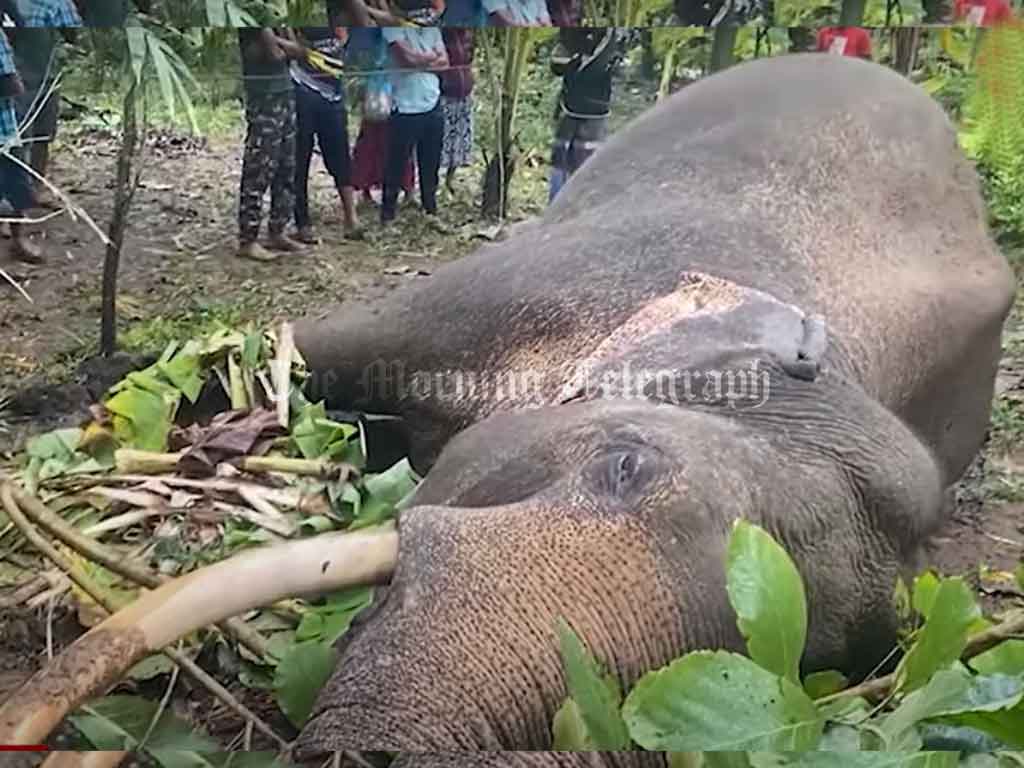
Sri Lanka’s iconic wild elephant, Deeghadanthu 1, who was a familiar sight in the Kalawewa and Kahalla-Pallakele wildlife reserves, has tragically died after being electrocuted. The tusker, estimated to be between 40 and 50 years old, succumbed after colliding with an illegal electric fence erected near the wildlife corridor.
Local wildlife officials discovered the lifeless body of Deeghadanthu 1 during a routine patrol near Kalawewa, sparking outrage and grief among conservationists and local residents.
A Symbol of the Wild
Deeghadanthu 1 was a well-known figure in the region, often seen roaming between the Kalawewa National Park and the Kahalla-Pallakele Sanctuary. The tusker had become a symbol of the island’s rich biodiversity and was frequently photographed by tourists and wildlife enthusiasts.
This tusker was one of the few remaining large-tusked male elephants in the area, making him a significant contributor to the genetic diversity of Sri Lanka’s declining elephant population.
Illegal Electric Fences: A Growing Threat
The death of Deeghadanthu highlights the ongoing issue of illegal electric fencing in rural Sri Lanka, where farmers often install electrified barriers to protect crops from marauding wildlife. However, these fences frequently violate wildlife protection laws and pose a significant threat to elephants and other animals that roam the island’s diminishing forests.
Wildlife conservationists have repeatedly warned about the dangers of such fences, urging authorities to take stricter measures against their use. Despite these calls, enforcement remains inconsistent, leading to tragic incidents like this one.
Response from Authorities and Conservationists
Following the incident, the Department of Wildlife Conservation (DWC) launched an investigation to identify those responsible for the illegal fence. Officials have vowed to take legal action against the landowners involved.
Meanwhile, environmental activists and local communities have called for increased patrolling and stricter penalties for those who violate wildlife protection laws.
“This is not just the loss of one elephant,” said a spokesperson for a local conservation group. “Deeghadanthu 1 was a symbol of Sri Lanka’s wilderness and a vital part of the ecosystem. His death is a wake-up call for more effective wildlife management and conservation efforts.”
A Tragic Loss
The death of Deeghadanthu 1 has left a void in the Kalawewa ecosystem and serves as a reminder of the fragile coexistence between humans and wildlife in Sri Lanka. Conservationists continue to advocate for sustainable solutions that balance the needs of rural communities with the protection of the island’s endangered elephant population.
This incident also underscores the urgent need for increased public awareness and government intervention to prevent further tragedies involving Sri Lanka’s precious wildlife.




